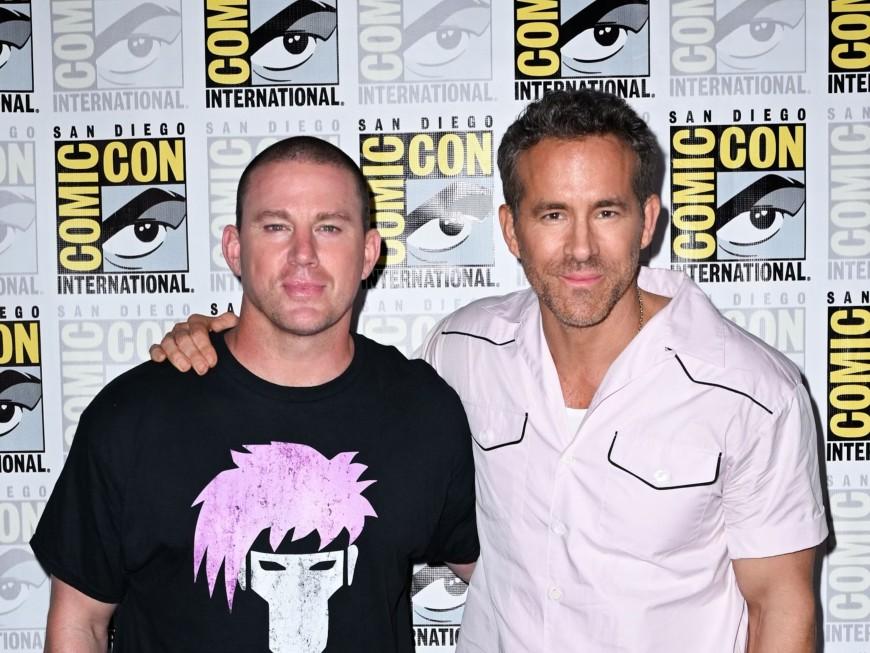Soon after the reveal, Taylor Swift curated a Spotify playlist called “And baby, that is show business for you!”, pointing fans toward a sound palette linked with Max Martin and Shellback. That playlist did more than entertain. It nudged streams toward recordings she wanted in the spotlight, which matters for reporting and the payment of royalties.
This new chapter rests on a major rights shift. In late May, Taylor Swift acquired the master recordings for her first six albums after years of re-recordings under the Taylor’s Version banner and a long negotiation path. This gave her a single point of control across her early catalogue, something that changes who invoices whom and where money lands when music is used.
Harvard Law’s primer explains the heart of it. In music, there are two key copyrights. One protects the song as writing. One protects the recorded performance called the master. When you control both, you decide which recording gets licensed, and you collect the revenues that follow. Labels have already responded by seeking longer limits on re-recording in new contracts, which shows how much this strategy has shifted the ground.
Below is a practical field guide for artists, managers, and especially collection societies that must track usage, settle splits, and route money with speed and accuracy as Taylor Swift's new album activity surges.
A Plan Guide to the Royalty Stack
Composition Rights
A song consists of words and melody, generating income through performing and mechanical rights. Performing rights royalties are collected when a song is broadcast, streamed, or publicly performed, while mechanical royalties are earned when a song is reproduced via download, stream, or physical pressing. Publishers and collection societies, or collective management organisations, typically handle the collection of these royalties.Master Rights
Payments for recorded performances are generated when the recording is streamed, downloaded, sold, or licensed for visual media. In numerous regions, the master owner also accrues neighbouring rights for the broadcast and public performance of these recordings, managed through organisations akin to PPL and GRD-style hubs.Why Taylor’s Version Matters to Royalties
When a new recording is made, it generates a new master with a unique ISRC, although the song itself retains its original ISWC. If the artist promotes the new master to fans and licensees, royalty payments will favour the new code. Should the original masters later be acquired by a single owner, this consolidation streamlines licensing, making the process smoother for supervisors and advertisers and potentially accelerating clearance times.Lessons for Artists and Teams
Own What Your Money Flows Through
Song rights and master rights pay through different pipes. When you write, you share in publishing revenue. When you own the master, you direct recording revenue and decide which version is pitched for film, series, games, or shorts. Taylor Swift’s re-recordings redirected many users to her versions. The later purchase of the original masters brought the catalogue under one decision-maker. That clears the path for faster deals and cleaner splits.Action: Map your catalogue. For each track, list who owns the composition and who owns the master. Set a simple rule. If a request arrives for a song you control as a writer, try to match it with a master you own or can influence.
Make the Reveal do Rights Work
A coordinated surge in listening, orchestrated by a Taylor Swift website countdown, a podcast reveal, and a themed playlist, generated crucial data for collection societies and DSPs. This trend also indicated to brands and supervisors the leading sound of the era for TS12.Action: When you announce, pair the news with a listening path. A short playlist of older tracks that share production DNA with the new project can lift streams across the catalogue and guide usage toward the recordings you want featured.
Treat Re-recording as a Business Tool
Re-recording works when your contract allows it, and your audience will follow you to the new version. Legal scholars expect contracts to keep stretching the re-recording window, which means artists and lawyers must read that clause with care.Action: Before signing, carefully review the re-recording clause. Pay close attention to these three aspects: the duration of the window, whether it resets upon re-release, and the implications if the label fails to exploit the master for an extended period.
Ask the Masters Question Early
The Taylor Swift album story shows how catalogue value behaves when master ownership moves. Early clarity on buy-back rights, reversions, and audit rights can change outcomes after release.Action: Negotiate either ownership, a clear path to buy back, or an automatic reversion after a period or revenue level. If that is not granted, ask for higher royalty rates, stronger audit rights, and approval on sync.
What Collection Societies Can Do Today
Strengthen Work to Recording Links
Create reliable ISWC to ISRC bridges for every version. Flag Taylor’s Version as distinct works and recordings where your legal framework permits. This helps resolve member claims when multiple recordings of one song are active in the market at the same time.Prepare for Ownership Updates at Scale
When a creator buys masters, the payee's picture changes overnight. Build an ownership change protocol that updates payee accounts, matching rules, and conflict queues within a short window. Use controlled vocabularies to mark catalogue status, such as artist-owned, label-owned, or acquired.Improve Detection of Version Switching
Adopt audio fingerprinting and lyric alignment signals where your mandate allows it. When usage shifts from a legacy master to a re-recording, your system should notice and adjust accruals. Publish version hierarchies so members know how your matching engine chooses a master when cues are incomplete.Tighten the Cue Sheet and UGC Rules
For film, series, and advertising, ask producers to list both work and recording references. For UGC platforms, encourage delivery of reference files for all priority versions. When data arrives with a generic song title, apply a confidence score and hold low-confidence matches in a resolution queue rather than sending money to the wrong master.Build Cross-Border Playbooks
Fast international settlement keeps trust high. Align with sister societies on conflict timelines, back claim windows, and proof standards for re-recorded hits. A shared checklist reduces duplicate effort and improves the payment of royalties to the correct party.Publish Clear Member Guidance
Artists and managers need plain steps. Offer a one-page guide that explains how to register a re-recording, how to claim neighbouring rights for featured performers, and how to alert your society when ownership changes. Keep the language simple enough for a twelve-year-old fan who is learning the business.A Business Model Built on Creative Control
Swift’s model combines artistry with precise payment processing. By controlling the licensing of her songs, she ensures that royalties from film, television, commercials, and live performances flow through channels she governs. For industry stakeholders, this is a blueprint for a resilient and self-sustaining royalty model.Her approach mirrors the principles of digital rights management, where ownership verification, transparent payment processing, and accurate royalty tracking software work together to protect creative assets.
Creative Splits: Supporting Transparent Royalty Management
Taylor Swift’s The Life of a Showgirl proves that artistry and rights strategy work best when they move in sync. By owning her masters, shaping fan engagement, and timing announcements perfectly, she has turned creative milestones into sustainable income streams.At Creative Splits, we help artists, teams, and rights holders take the same level of control, without the chaos of manual tracking. Our platform simplifies digital rights management, streamlines payment processing, and makes it easier to work with any collecting society or across multiple collection societies. Whether you need clear oversight of the payment of royalties or tools for precise royalty management software and royalty tracking software, we give you the systems to protect your work and get paid accurately, every time.
Contact us now!






